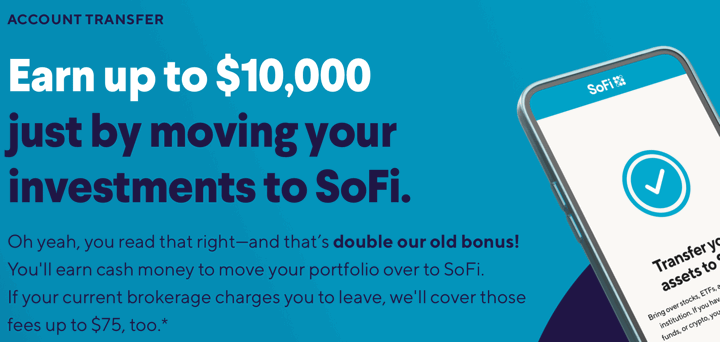
SoFi Invest is offering an increased ACAT transfer bonus up to $10,000 for transferring in new assets. Some of the tiers are double what they used to be, but the minimum holding period was also increased. Valid for both taxable brokerage accounts and IRAs (Traditional, Roth, or SEP).
$25 Referral bonus. As this promo includes existing accounts, you should consider grabbing this new account referral bonus first, worth $25 of stock with an initial deposit of only $10.
Get $25 worth of your favorite stock to start building your portfolio when you fund your SoFi Active Invest account** with at least $10*.
New SoFi Invest accounts (both new and existing accounts are eligible)
- $100 bonus with $5,000 to $19,999 in new assets
- $200 bonus with $20,000 to $99,999 in new assets
- $500 bonus with $100,000 to $249,999 in new assets
- $750 bonus with $250,000 to $499,999 in new assets
- $1,000 bonus with $500,000 to $999,999 in new assets
- $2,500 bonus with $1,000,000+ to $1,999,999 in new assets
- $10,000 bonus with $5,000,000+ in new assets

Assets are now required to remain in your SoFi account for 2 years. This used to be only for 180 days.
Earn a bonus (as described in the chart below) when you transfer investments from another brokerage firm into a taxable SoFi Invest Active brokerage or Active retirement account (Traditional, Roth, or SEP IRA). Bonus amounts are based on the total net dollar amount (incoming transfers less outgoing transfers) of settled transfers from another brokerage to an individual SoFi Invest account during each calendar month. Bonuses will be paid within 14 days of the last day of the month in which the transferred assets settled in your SoFi Invest account. Bonuses will be paid into the same account you transferred investments into. Transfers into multiple accounts may not be combined. Assets are required to remain in your SoFi account for 2 years. SoFi reserves the right to recoup up to the bonus amount from any withdrawals that take place prior to the 2 year period. SoFi also reserves the right to change or terminate this promotion at any time without notice. Important Tax Information: The value of the reward you receive may constitute taxable income. SoFi Securities LLC may issue a Form 1099 (or other appropriate form) to you that reflects the value of the reward. Please consult your tax advisor. SoFi Securities LLC and its affiliates and associates do not provide tax advice.
Note that SoFi Invest does NOT accept mutual funds.
We do not accept mutual funds. These funds would need to be liquidated prior to initiating an ACAT with SoFi. Please contact your brokerage firm to complete this action, prior to submitting an ACAT.
In addition, SoFi will cover the outgoing transfer fee charged by your existing broker:
If you transfer a brokerage account with total asset value over $5,000 through the ACAT system, SoFi will reimburse up to $75 of ACAT Fees from your outgoing brokerage firm.
General Transfer Tips
- Before moving, I would download all your old statements and tax cost basis information to make sure it transfers over correctly.
- An ACAT transfer can take a week or so to complete, so you won’t be able to make any sell transactions during that time.
- Consider performing a “partial” ACAT transfer where you only move over specifically designated shares (ex. only all 100 shares of BRKB) if you wish to keep some of your original brokerage account open. I would personally transfer over all shares of any specific ticker, so that the tax cost basis carries over neatly.
- Compare bonuses across different brokers. Look carefully at the tiers, there may be a sweet spot where the percentages are better.

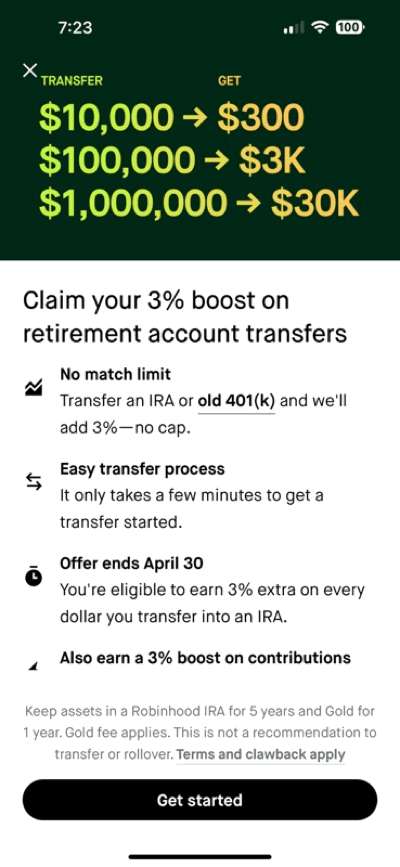
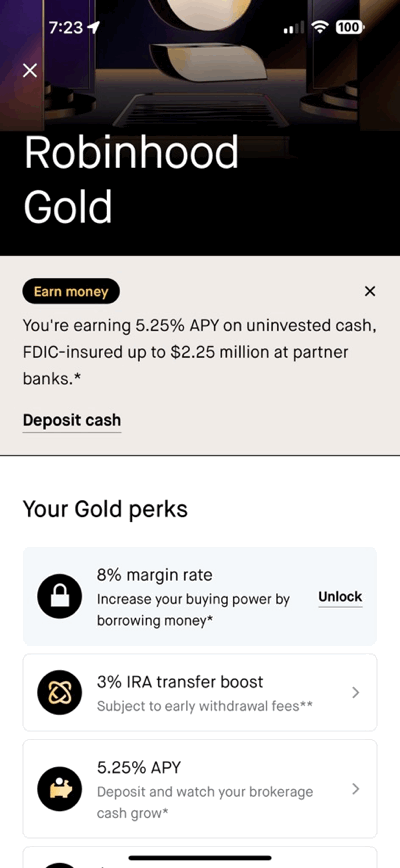
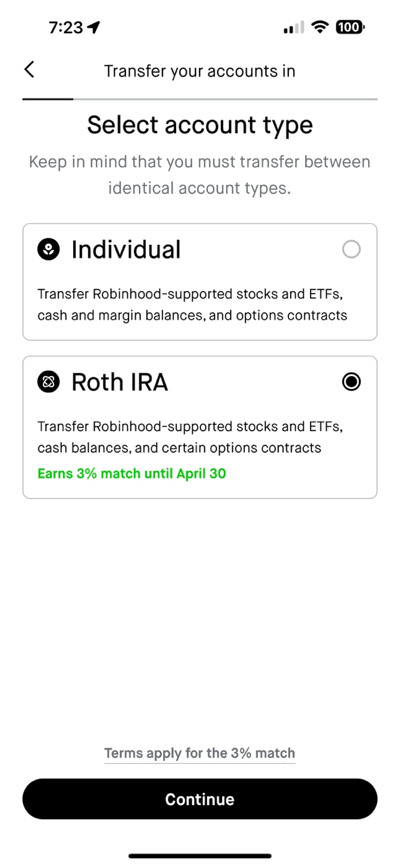
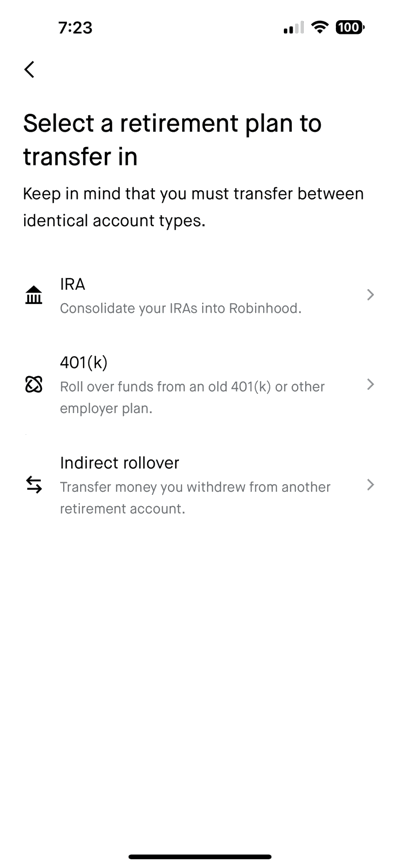
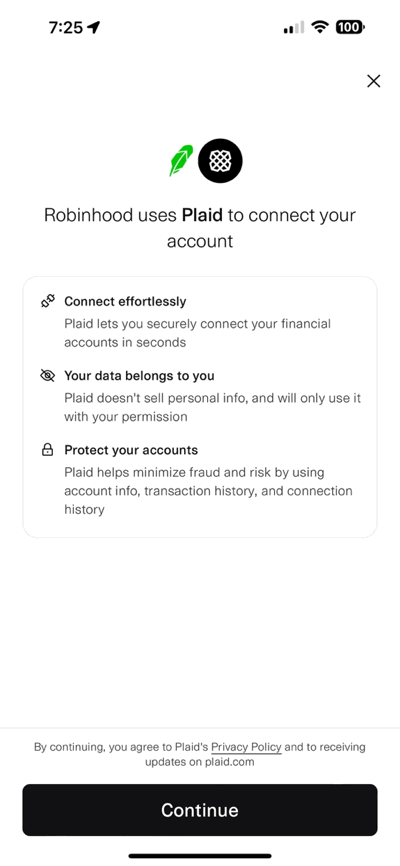
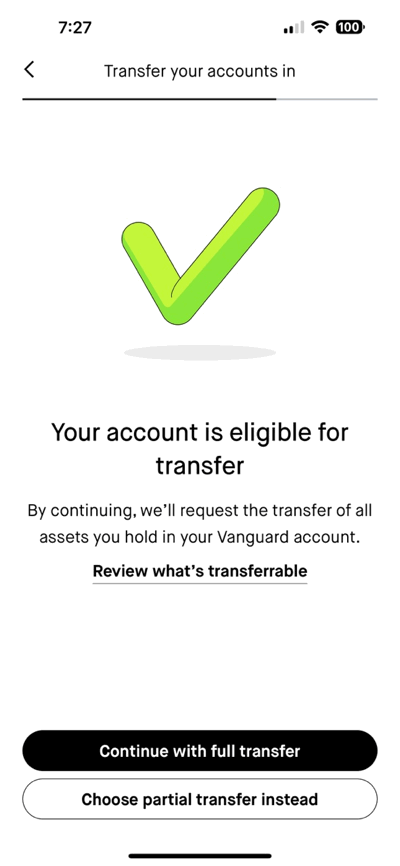
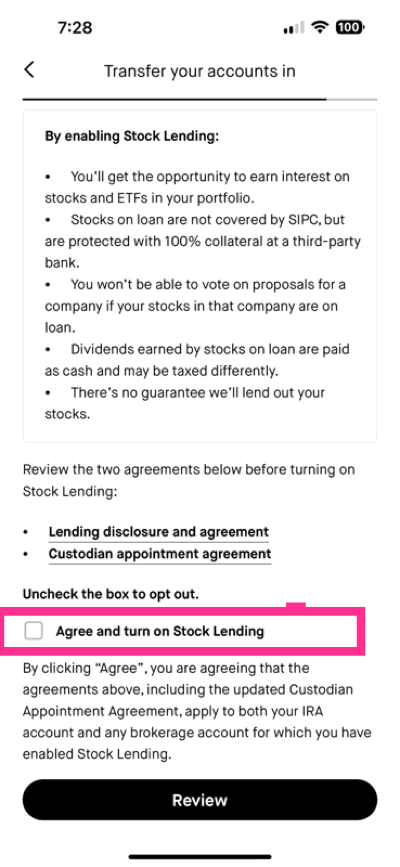
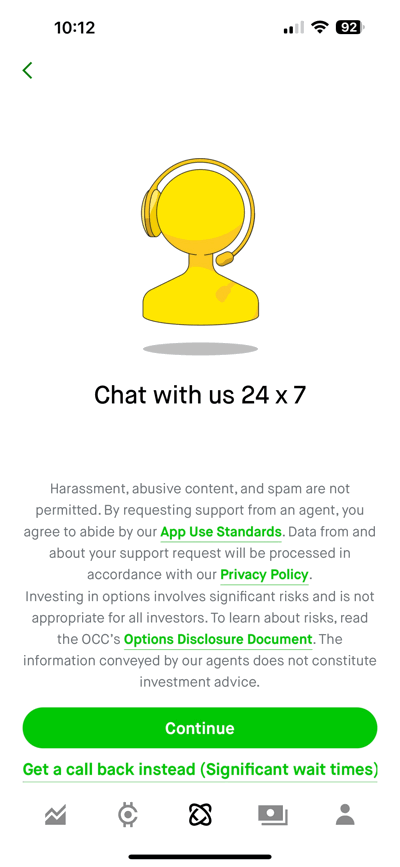
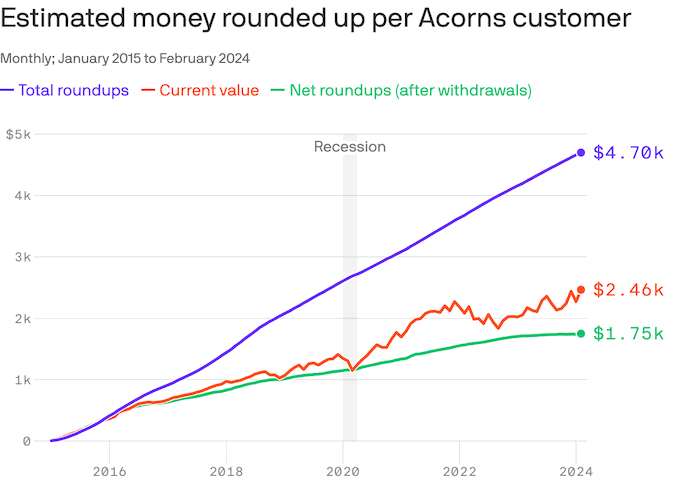



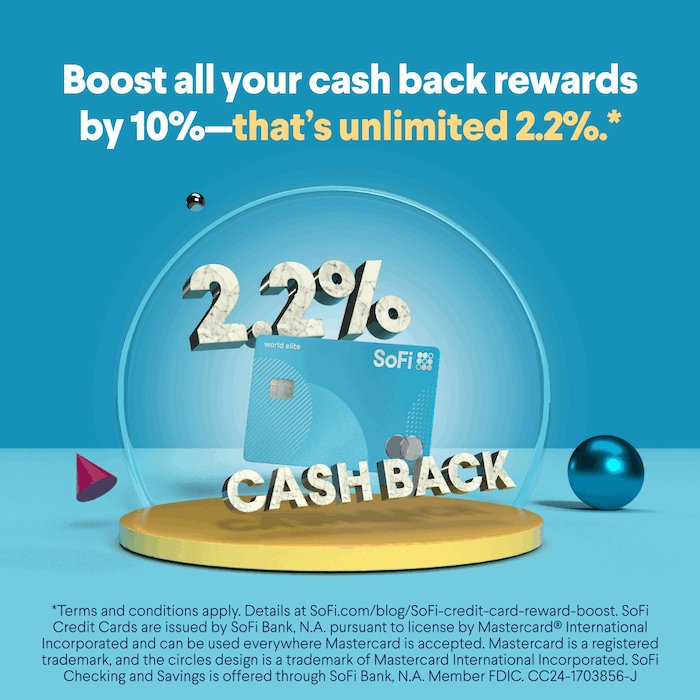
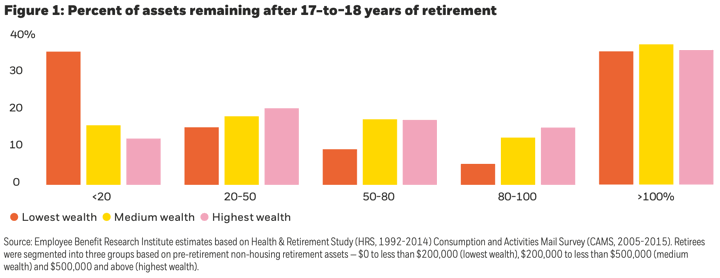
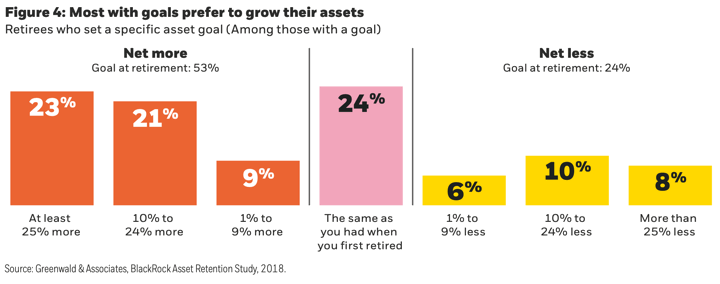

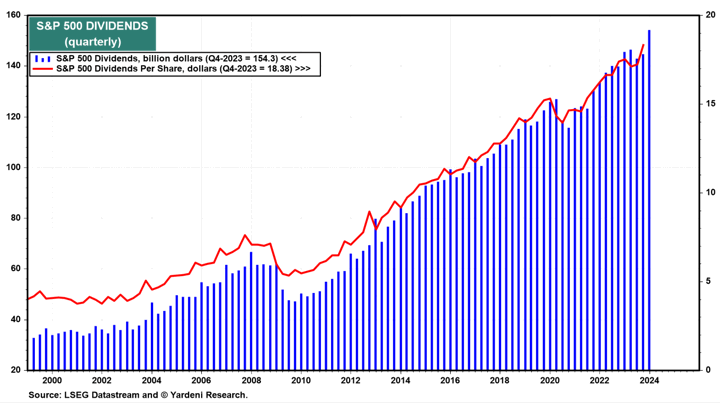
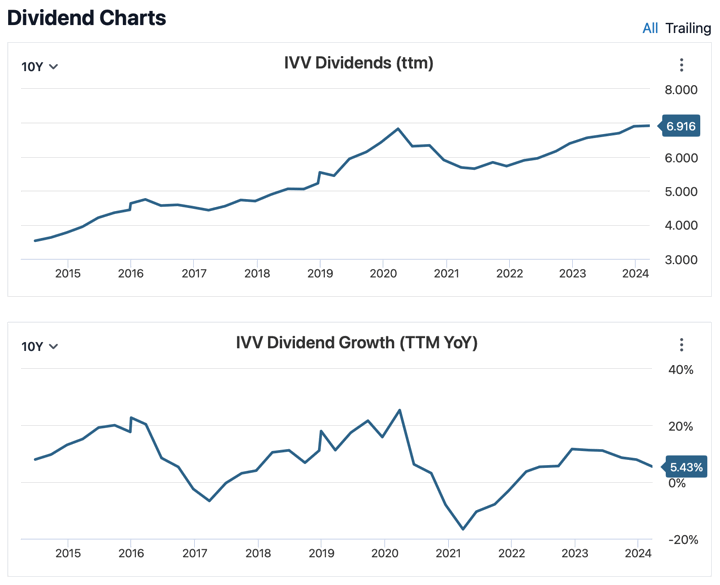
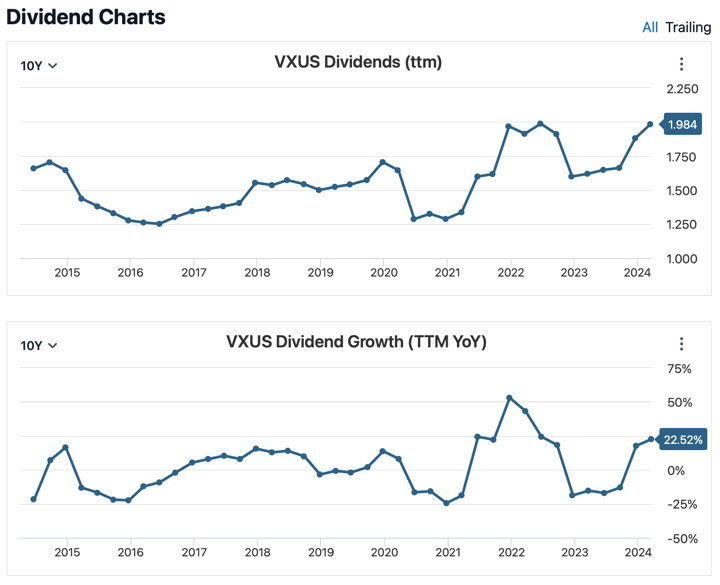
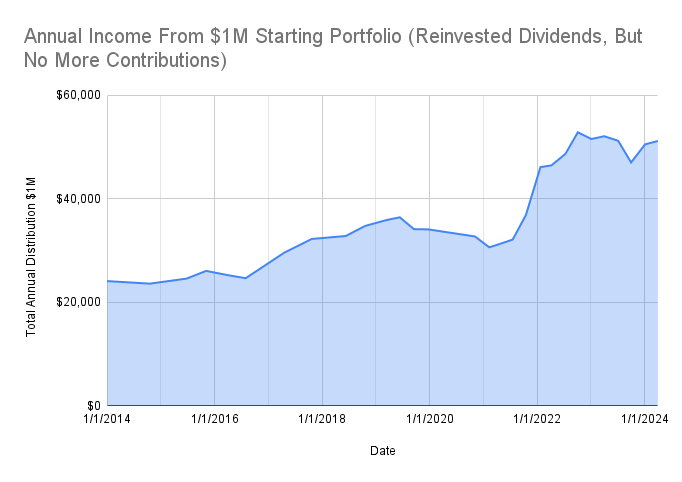
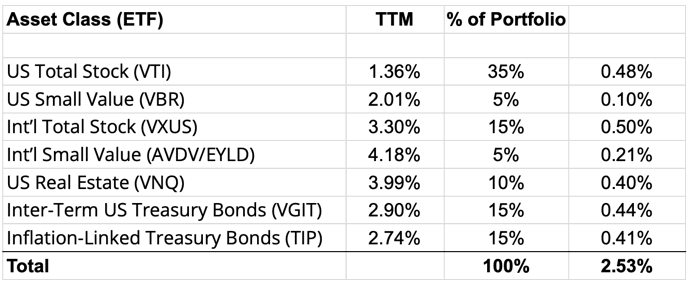
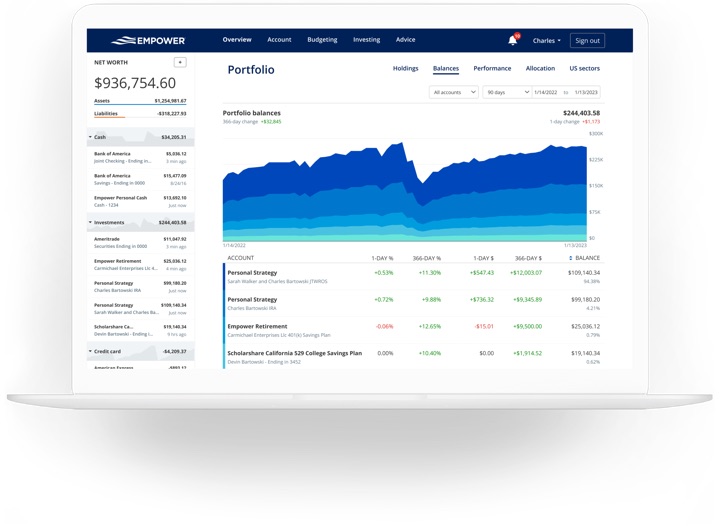
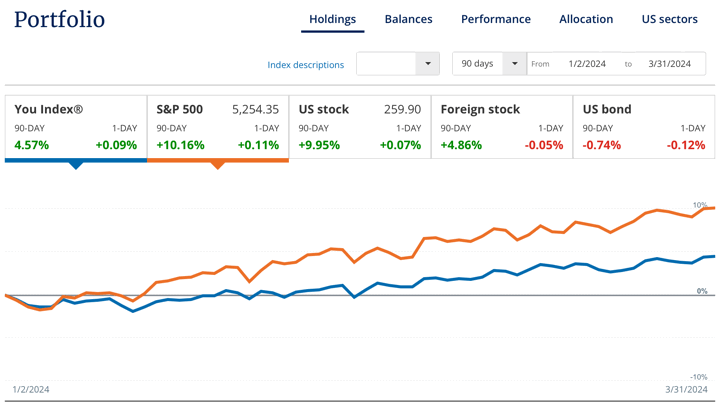
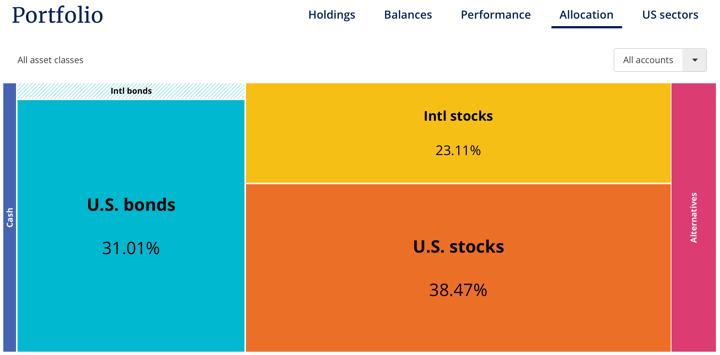
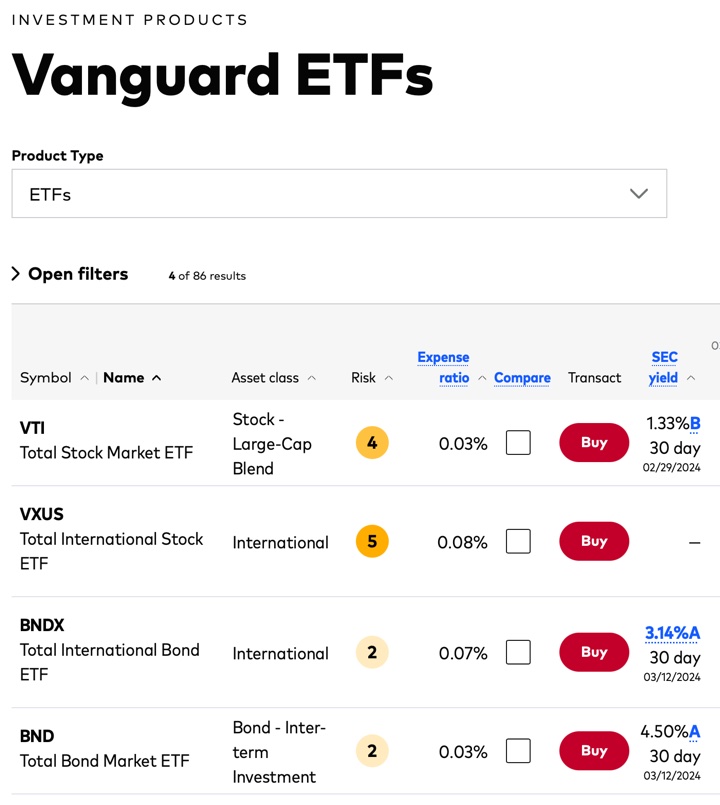

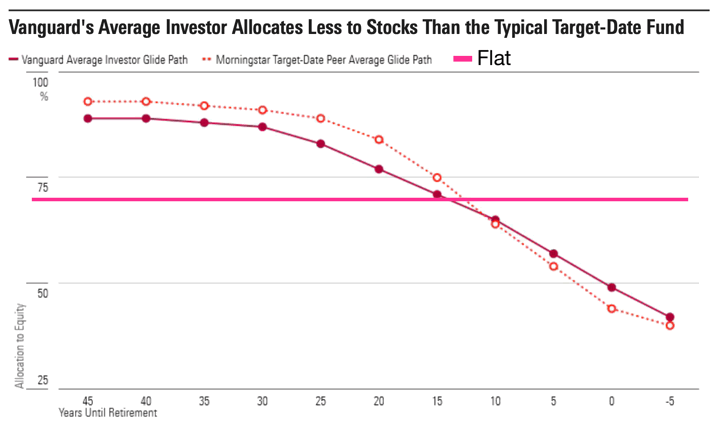
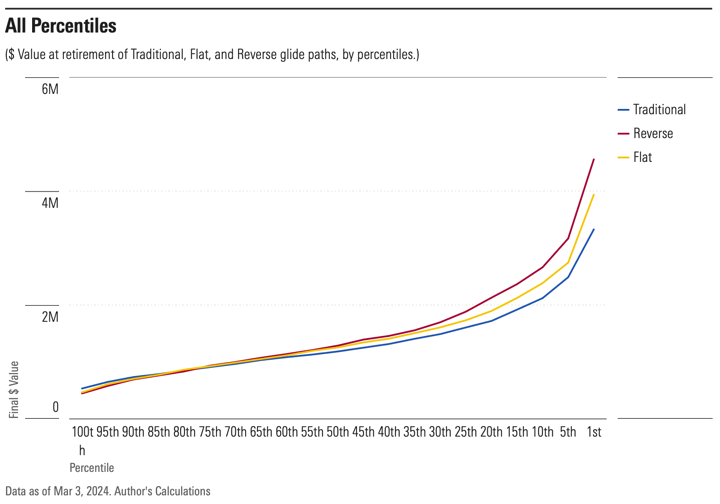


 The Best Credit Card Bonus Offers – 2025
The Best Credit Card Bonus Offers – 2025 Big List of Free Stocks from Brokerage Apps
Big List of Free Stocks from Brokerage Apps Best Interest Rates on Cash - 2025
Best Interest Rates on Cash - 2025 Free Credit Scores x 3 + Free Credit Monitoring
Free Credit Scores x 3 + Free Credit Monitoring Best No Fee 0% APR Balance Transfer Offers
Best No Fee 0% APR Balance Transfer Offers Little-Known Cellular Data Plans That Can Save Big Money
Little-Known Cellular Data Plans That Can Save Big Money How To Haggle Your Cable or Direct TV Bill
How To Haggle Your Cable or Direct TV Bill Big List of Free Consumer Data Reports (Credit, Rent, Work)
Big List of Free Consumer Data Reports (Credit, Rent, Work)